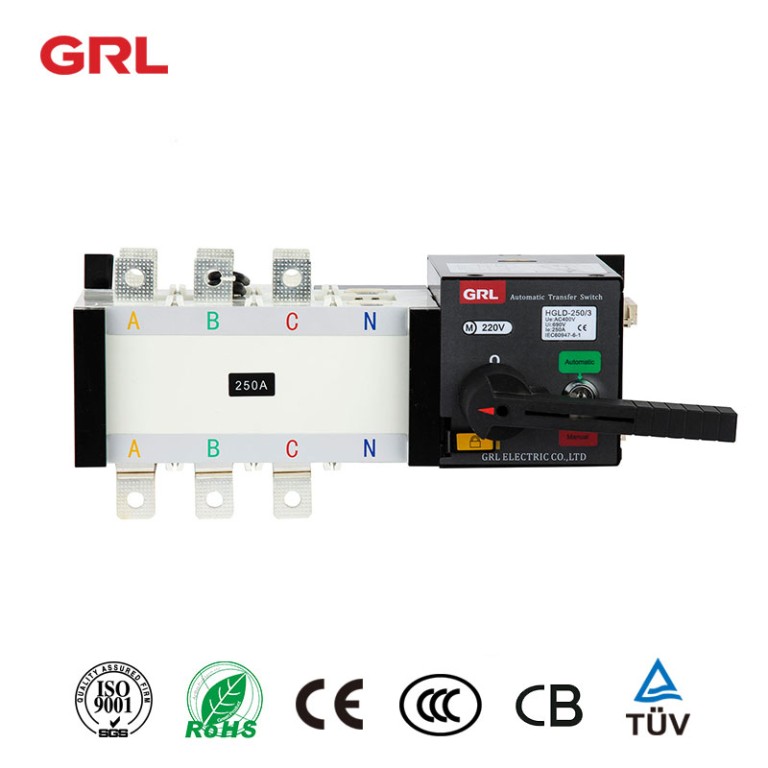
# Transfer Switch: Essential for Seamless Power Transition
## What Is a Transfer Switch?
A transfer switch is a critical electrical device that ensures a seamless transition between primary and backup power sources. It automatically or manually switches the load from the utility power to a generator or another power source during an outage, preventing power interruptions and protecting sensitive equipment.
## Types of Transfer Switches
There are two main types of transfer switches:
### 1. Automatic Transfer Switch (ATS)
An ATS detects a power outage and automatically switches to the backup power source without human intervention. Once utility power is restored, it switches back to the primary source.
### 2. Manual Transfer Switch (MTS)
A manual transfer switch requires human operation to switch between power sources. While less convenient than an ATS, it is often more affordable and suitable for smaller setups.
## Why Is a Transfer Switch Important?
Keyword: Transfer Switch
A transfer switch offers several key benefits:
– Safety: Prevents backfeeding, which can endanger utility workers and damage equipment.
– Convenience: Ensures uninterrupted power supply during outages.
– Protection: Safeguards appliances and electronics from power surges.
– Compliance: Meets electrical codes and regulations in many regions.
## Choosing the Right Transfer Switch
When selecting a transfer switch, consider the following factors:
– Power Requirements: Ensure the switch can handle the total load of your essential circuits.
– Type of Operation: Decide between automatic or manual based on your needs and budget.
– Installation: Professional installation is recommended to ensure safety and compliance.
– Compatibility: Verify that the switch is compatible with your generator and electrical system.
## Installation and Maintenance
Proper installation and maintenance are crucial for the reliable operation of a transfer switch:
– Hire a licensed electrician for installation to ensure compliance with local codes.
– Test the switch periodically to confirm it functions correctly during an outage.
– Keep the switch clean and free from debris to prevent malfunctions.
– Inspect wiring and connections regularly for signs of wear or damage.
## Conclusion
A transfer switch is an indispensable component for anyone relying on backup power. Whether for residential, commercial, or industrial use, it ensures a smooth and safe transition between power sources, keeping your operations running without interruption. Investing in the right transfer switch can save you time, money, and hassle in the long run.